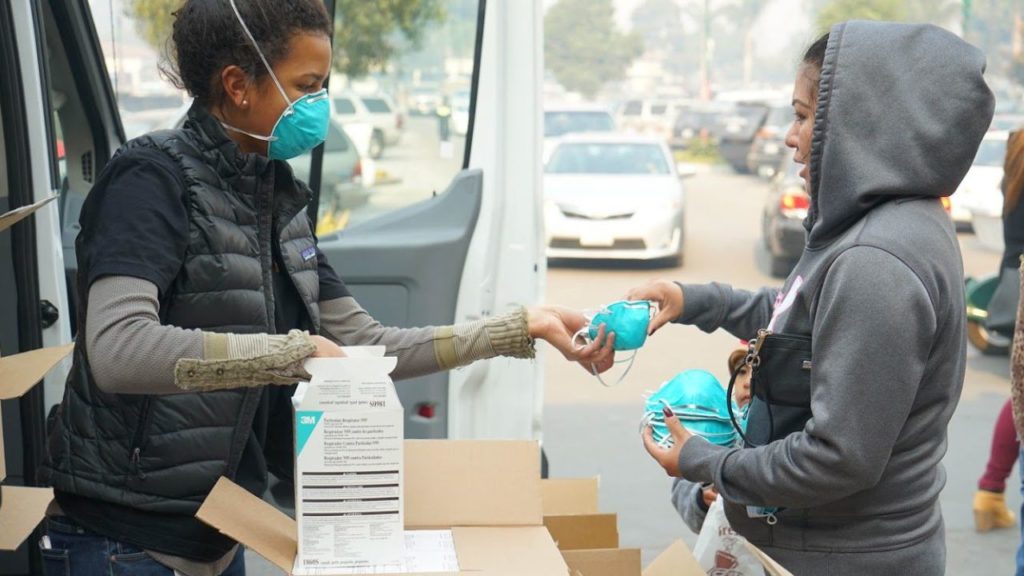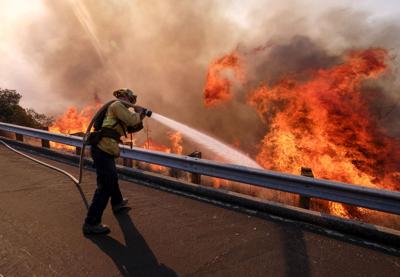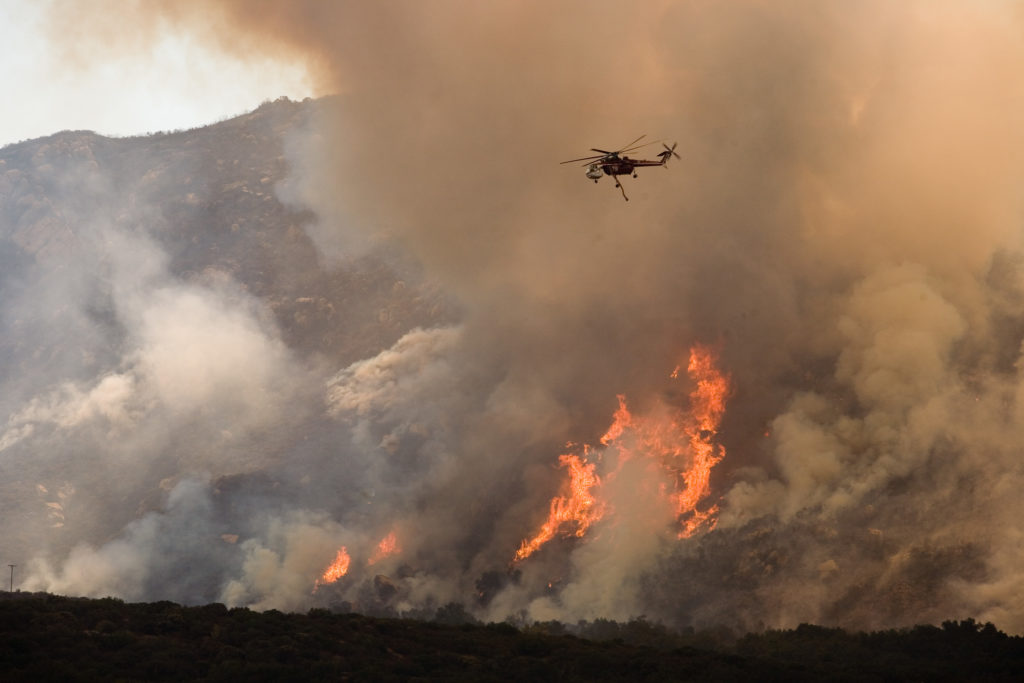On November 14, a public health emergency was declared in California as northern and southern regions of the state battled deadly wildfires.
About 5,000 firefighters were dispatched to fight the four blazes, half of them attending to the massive Thomas fire alone. The Camp fire, bigger than the size of Atlanta, left the town of Paradise in a state of devastation and grief. The Camp fire became the deadliest and most destructive fire in state history. 56 casualties have been confirmed and over 10,000 structures have burned to the ground, including homes. The Woolsey Fire in Los Angeles has left 3 dead and 435 structures destroyed.
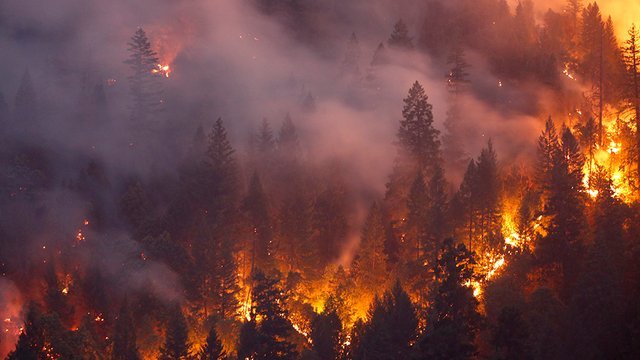
Wildlife in California has also been put in danger in the midst of these widespread fires. The American Society for the Prevention of Cruelty to Animals has been working to help animals affected by the dangerous fires and announced a hotline number for people to call for assistance. Since Sunday, the ASPCA has deployed its disaster response team to the Southland. ASPCA personnel have helped hundreds of displaced animals and their owners at pet-friendly evacuation shelters.
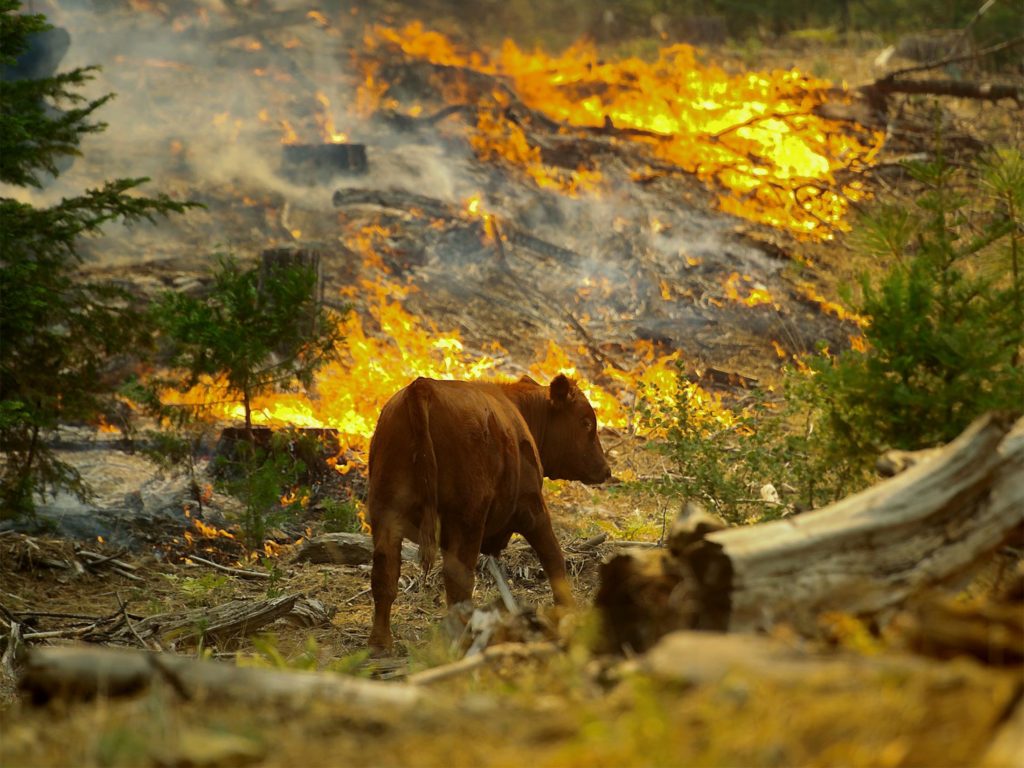
I spoke to senior Grace Kilen, who visited Los Angeles during the outbreak of these wildfires. Although she didn’t see the fires in person due to the roads being blocked off, she was able to see the smoke from miles away. She was at Universal Studios Hollywood when she noticed a haze of black smoke from her seat on a rollercoaster. “Many highways were jammed due to fire trucks and cop cars rushing through the traffic, since the shooting [in Thousand Oaks] had happened around the same time and area as the wildfires,” she told me.
When asked about how she felt after experiencing the chaotic situation, Kilen replied, “I feel bad for the people who just experienced a shooting and now also have to suffer from the devastation that the fires have brought upon people’s homes.” A few days before the outbreak of wildfires, a mass shooting occurred at Borderline bar in Thousand Oaks, leaving 12 people dead. The shooting shocked citizens of California, who had always felt safe within their communities. Kilen went on to mention the significance of the socioeconomic status of the communities affected by the raging fires. “I think it’s important to point out that much of the areas affected by the wildfire were not only middle
During a time of such devastation and grief, our country needs to bind together and help give support to the communities in need of shelter and food after the wildfires destroyed their homes. Direct Relief is just one of the many relief efforts working to help victims of the California wildfires. To learn more about how they’re helping communities and firefighters alike, or to make a donation, visit their website.
